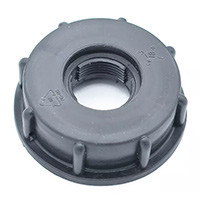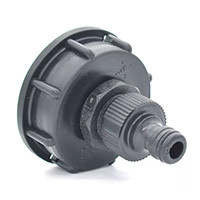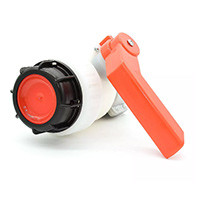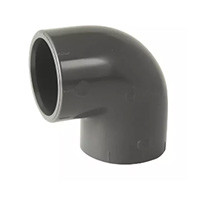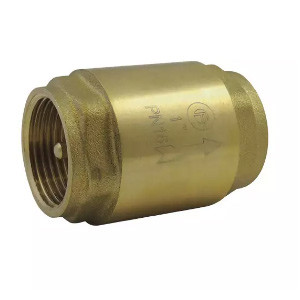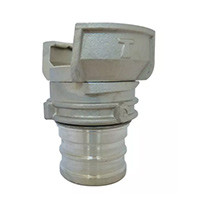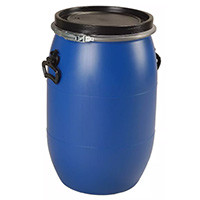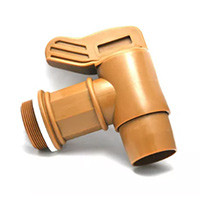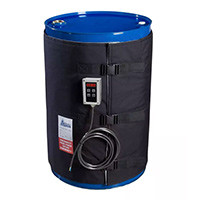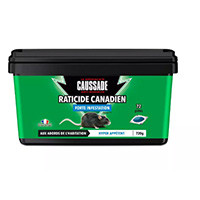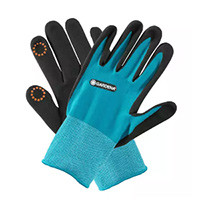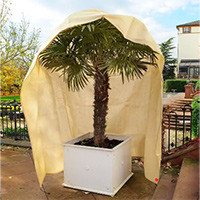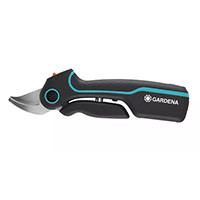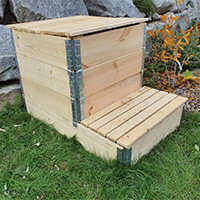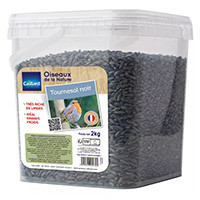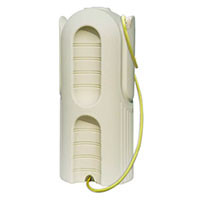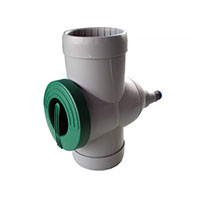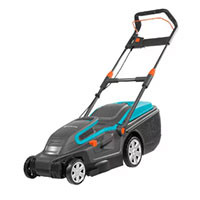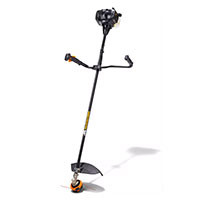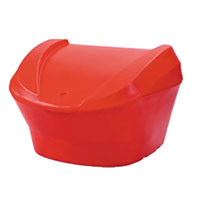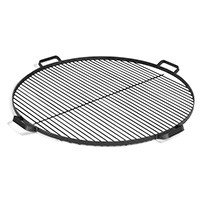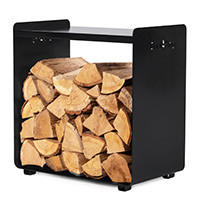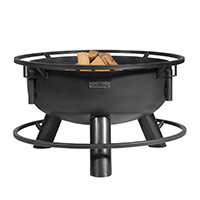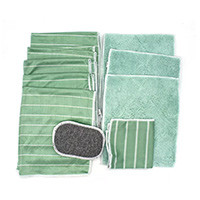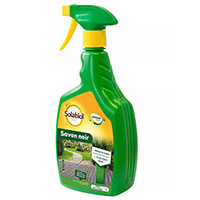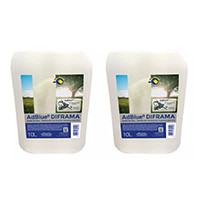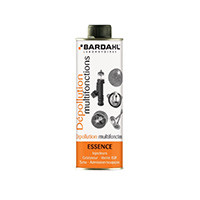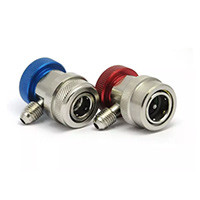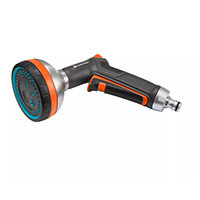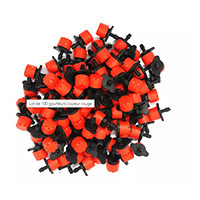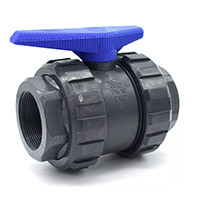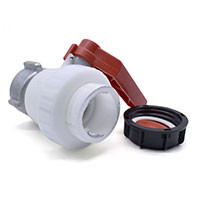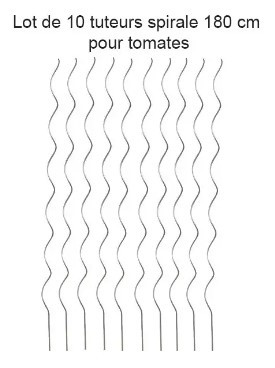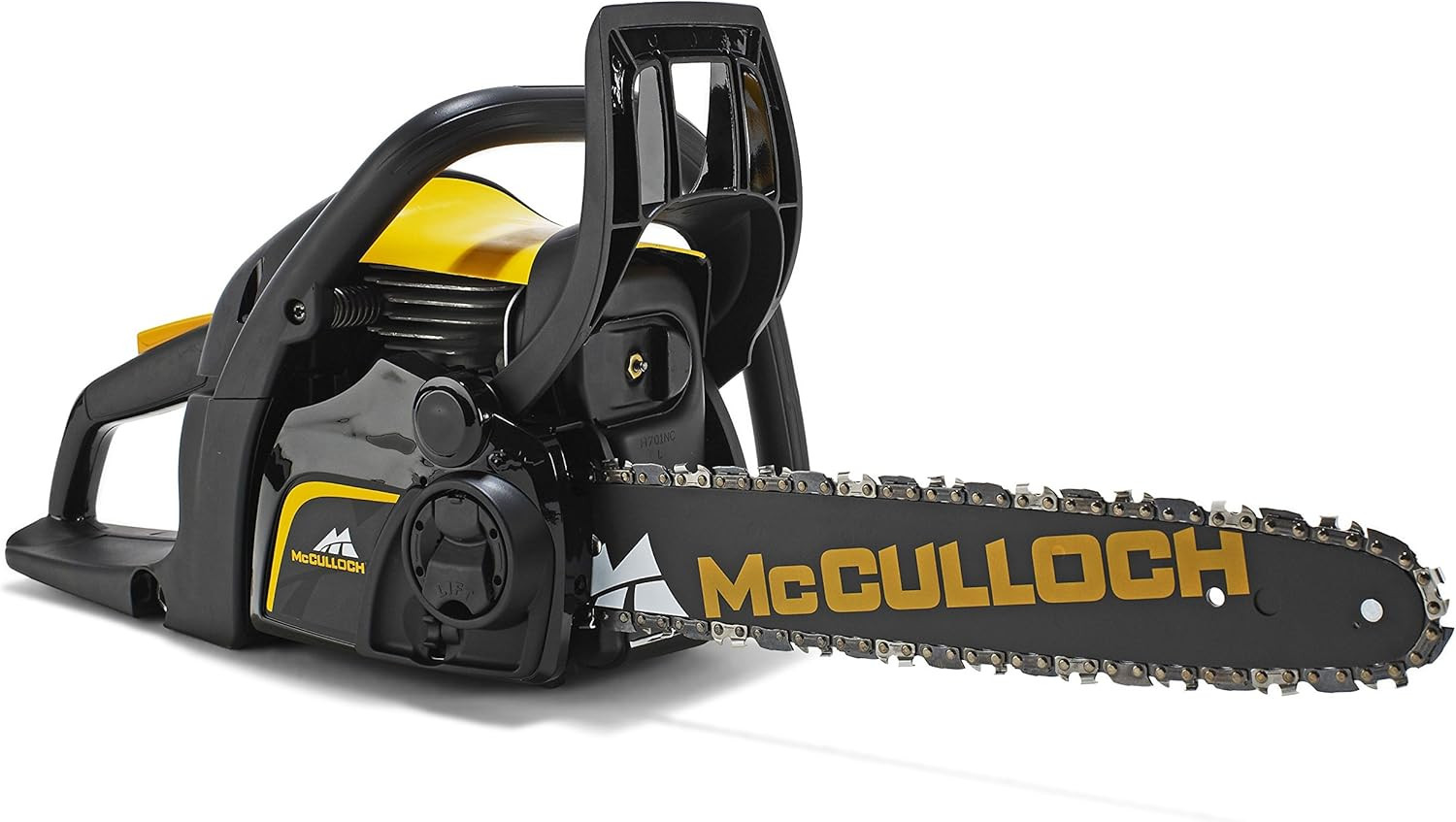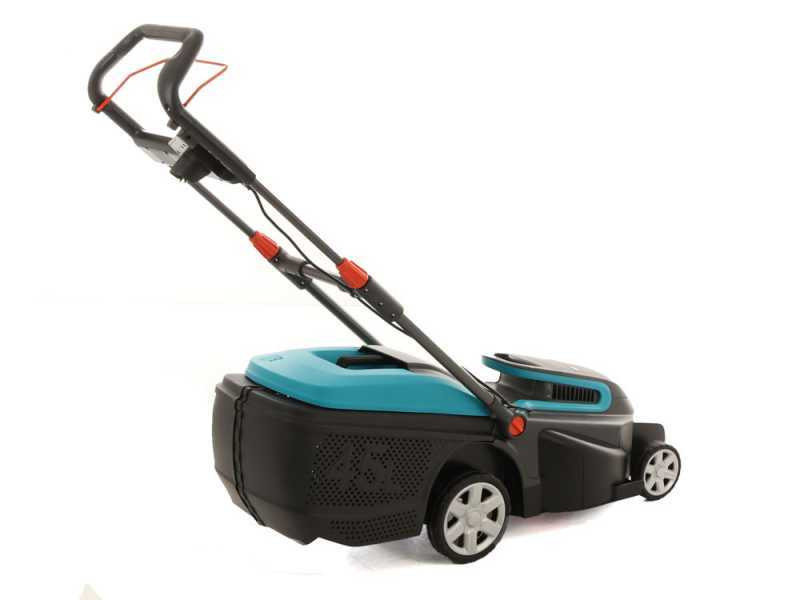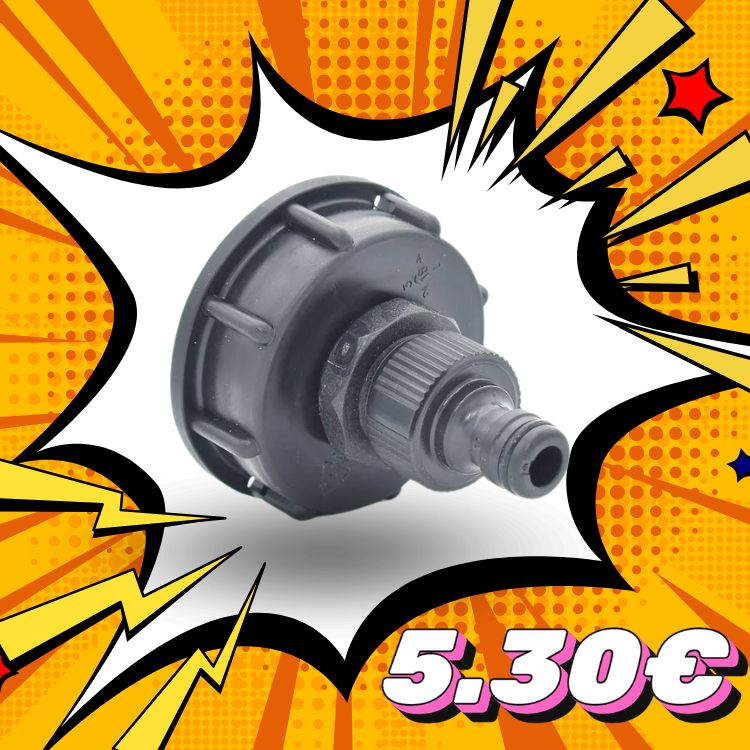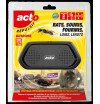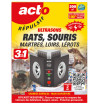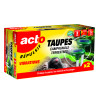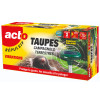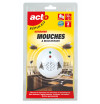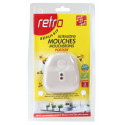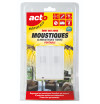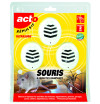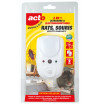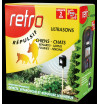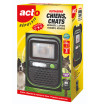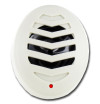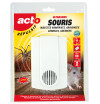
Discover our new range of sound repellers to protect your space
Table of Contents
1. Introduction
Cohabitation with nature is essential to our well-being and the balance of our environment. However, sometimes some species of animals or insects become invasive, causing inconvenience on a daily basis, whether in our gardens, homes or businesses. Their presence can cause material damage, noise pollution and even represent a health risk. Faced with these challenges, the search for an effective solution, respectful of the environment and adapted to the needs of each individual is essential. It is in this context that sound repellents appear as an alternative of choice.
has. Presentation of the problem of pests
Pests, as the name suggests, can cause various hassles in our lives. Whether you're dealing with rodents munching on your cables, birds messing up your windowsills, insects invading your space, or pets rummaging through your garbage cans, these unwanted interactions are a source of frustration for many people. These intrusions can also have financial consequences, through the need to repair or replace damaged items. Not to mention the possible transmission of diseases by certain pests, such as rats or mosquitoes. If you've ever tried to fight these invaders with traditional methods, you know how tedious and sometimes ineffective it can be.
b. The solution of sound repellents
Faced with the growing problem of pests, technology offers us a new weapon: sound repellents. Rather than resorting to potentially harmful chemical solutions or traps that can be cruel, sound repellents use the power of sound to ward off unwanted creatures. These devices emit sound waves, usually in the form of ultrasound, that pests find unpleasant. In reality, these frequencies are usually imperceptible to humans, making sound repellents a discreet and harmless solution for us.
The advantages of sound repellents are numerous: they are environmentally friendly, safe for children and pets, and offer a non-violent alternative to manage pests. In addition, they are often more economical in the long run, because once the initial purchase is made, there are usually no recurring costs, unlike chemical solutions that must be renewed regularly.
2. What is a sound repellent?
In a world where technology plays an ever-increasing role in improving our quality of life, sound repellers represent an innovation that fits perfectly into this trend. Although the previous mention touched on the surface of the topic, let's dive deeper to understand this technology.
has. Definition and operating principle
A sound repellent, in its essence, is a device that uses sound as a deterrent. So how exactly does it work?
Sound spectrum: To understand how sound repellents work, it is essential to become familiar with the concept of sound spectrum. Human beings hear sounds in a frequency range between 20 Hz and 20 kHz. Sounds outside this range, such as ultrasound (above 20 kHz), are usually not detected by the human ear. However, many animals, such as dogs, cats and some pests, have a different hearing range and can perceive these ultrasounds.
Deterrence mechanism : Sound repellents produce specific frequencies that are irritating or destabilizing to the targeted pests, prompting them to avoid the protected area. Imagine entering a room with an unbearable noise. Your knee-jerk reaction would be to leave. It is a similar reaction that these frequencies induce in pests.
Adaptive Technology : Some advanced sound repellents can even alternate between different frequencies to prevent pests from habituating to a particular sound, ensuring continued effectiveness.
b. Advantages over traditional solutions
When comparing sound repellers to conventional methods, several advantages stand out:
Non-lethality : Many traditional methods involve the extermination of pests. Sound repellents, on the other hand, simply repel pests without causing them any direct harm.
No residues : Chemical solutions can leave residues that, in the long term, can affect the health of residents and the environment. Sound repellers, being based on sound waves, do not present this risk.
Practicality : A single device can cover a large area, depending on the model, making it a very convenient option, especially for large spaces.
Versatile use : Sound repellers can be used in a variety of environments, whether it's the interior of a home, garage, garden or business.
In short, the science behind sound repellents is based on our understanding of animal behavior in relation to certain sound frequencies. Their design targets the auditory sensitivities of pests, providing a method of repelling that is both respectful and effective. These devices are a perfect example of how technology can be put at the service of a more harmonious coexistence between man and nature.
3. The different applications of sound repellers
Sound repeller technology does not stop at a single type of pest. In fact, depending on the frequencies used, these devices can repel a variety of animals, ranging from small insects to larger mammals. Let's take a look at some of the most common applications.
has. Rodents
Rodents, such as rats and mice, are often attracted to inhabited areas due to the availability of food. However, they can cause significant property damage and pose a health risk.
How it works : Rodents often communicate and orient themselves using ultrasound. Sound repellents for rodents emit disruptive frequencies, making their environment uncomfortable.
Areas of application : These devices can be used in attics, garages, warehouses, or even in specific areas of homes where rodent activity has been detected.
b. Insects
Whether it's mosquitoes during summer nights or cockroaches in the kitchen, insects can be a real nuisance.
How it works : Many insects are sensitive to ultrasound. The sound repeller disrupts their behavior patterns, making the area less attractive.
Areas of application : They are often used in bedrooms, kitchens, terraces and other areas where insects are frequently observed.
c. Birds
Birds, especially in urban areas, can cause nuisance, including soiling resting areas, vehicles and buildings.
How it works : Birds have highly developed hearing. Sound repellents emit frequencies that evoke the presence of predators or other dangers, prompting birds to avoid the area.
Areas of application : They are often placed on roofs, windowsills or other areas frequently visited by birds.
d. Dogs and cats
Sometimes it may be necessary to dissuade dogs or cats from rummaging through garbage cans, entering prohibited areas, or simply marking their territory.
How it works : Just like with other animals, dogs and cats have a hearing range that extends beyond that of humans. Sound repellents for these animals produce sound waves that are disturbing to them without causing them pain.
Areas of application : These devices can be strategically placed around garbage cans, driveways or gardens to prevent unwanted visits.
e. Moles
Moles, although useful for the ecosystem, can damage gardens and lawns with their tunnels.
How it works : Moles have increased hearing sensitivity due to their underground environment. Mole sound repellers emit vibrations and ultrasound that disturb them, deterring them from digging deeper into the covered area.
Areas of application : These repellents are often inserted into the soil, covering a certain area to protect gardens, golf courses or other green spaces.
Through these various applications, it is obvious that sound repeller technology offers a wide range of tools to meet a multitude of needs. Whether to protect an indoor space from rodents and insects, or to preserve a garden from moles, these devices offer a non-invasive and environmentally friendly solution. Since each animal is unique in its sound perception, the key to effectiveness lies in choosing the right device, calibrated specifically for the pest in question.
4. How to choose the right sound repeller for your needs
With so many options available on the market, choosing the right sound repeller can seem complex. However, by considering some key factors and understanding the specifics of each device, you will be able to make an informed choice.
has. Identify the target pest
First of all, it is imperative to determine which pest you want to protect yourself against. Each sound repeller is designed to target a specific frequency range, corresponding to the hearing sensitivity of the pest in question.
Documentation and research : It is essential to learn about pests that are causing problems in your area. This can be achieved by observing directly or consulting local experts. For example, if you notice damage in your garden, but are unsure which animal is responsible, a search or consultation can guide you.
Sound spectrum: Once the pest has been identified, look for sound repellents that cover the appropriate sound spectrum. For example, if you are facing a rat infestation, a device calibrated to repel birds will not be effective.
Combined solutions : In some cases, especially if you live in an area where multiple pests are a problem, you may want to consider a versatile sound repellent, which combines multiple frequency ranges to repel a variety of animals.
b. Take into account the area to be covered
The range of each sound repeller can vary, so it's crucial to choose a device that's right for the size of the area you want to protect.
Small spaces: For spaces like an apartment, bedroom or garage, a small-range device may suffice.
Large spaces : For larger areas, such as a garden, plot or warehouse, you should opt for a sound repeller with a longer range. Some devices can even be coupled to increase their effectiveness over a large area.
Obstacles and interference : Keep in mind that walls, furniture, and other obstacles can affect the range of sound waves. Be sure to position your device strategically to maximize its effectiveness.
c. Additional Features and Adaptability
In addition to the basic functions, some sound repellers offer additional features that can be beneficial depending on your needs.
Frequency adaptability : As mentioned earlier, some pests can get used to a constant frequency. Opt for a device that varies its frequencies to prevent this addiction.
Power : Some devices are mains powered, others run on batteries or solar panels. Depending on the intended location, be sure to choose a suitable power option.
Motion detectors: To save energy, some repellents are equipped with motion detectors, only activating when a pest is detected.
Weather resistance : If the device is intended for outdoor use, make sure it is water and weather resistant.
In short, choosing the right sound repeller requires a thorough analysis of your needs and the nature of the problem you are facing. It is by understanding the pests, the area to protect, and the available features that you can invest in a device that will offer you the best protection. Remember that, just like any other investment, it is often beneficial to consult reviews and reviews to ensure the quality and effectiveness of the product being considered.
5. Installation and use of sound repellents
The installation of a sound repeller is a crucial step to ensure its effectiveness. While the process may seem simple, there are several factors to consider to optimize the performance of the device.
has. Where and how to install your repellent?
Infestation area : Before installation, identify the main area of infestation or where pests are most active. The effectiveness of a sound repeller depends on its location, so it is best to position it where pest activity is highest.
Installation height: Some pests, such as rats or mice, are more active at ground level, while others, such as birds, can be disturbed by devices placed at height. Make sure the sound repeller is installed at an appropriate height for the pest you are targeting.
Orientation : The device must be oriented so as to cover the widest possible area without obstacles. If objects block sound waves, it can reduce the effective range of the repellent.
Power sources : Some repellents require a power supply, while others run on battery or solar energy. Make sure your device is placed near a power source if necessary or in an area that receives enough sunlight for solar models.
b. Precautions for use
Sound frequency : Some repellents can be set to different frequencies. It is essential to choose the appropriate frequency for the pest you are targeting to ensure the effectiveness of the device.
Pets : Some devices may disturb pets. It is advisable to monitor their reaction during the first use and adjust accordingly.
Volume : If the device is equipped with a volume control, make sure that it is not too high, as this could be harmful to hearing, whether for animals or humans.
Motion detectors : If the device is equipped with a motion sensor, make sure it is not accidentally triggered by movements unrelated to pests.
c. Product life and maintenance
Cleaning : Like any electronic device, sound repellents can accumulate dust or debris. It is advisable to regularly clean the device with a soft cloth to maintain its effectiveness.
Batteries and power: Check batteries or power sources regularly to make sure they are working properly. For solar appliances, make sure the panels are not clogged with dirt or leaves.
Regular examination: Like any other device, a regular examination can detect any problems or malfunctions. It is recommended to examine the device monthly.
Update : Some advanced sound repellers may require software updates to improve their effectiveness. If this is the case for your device, be sure to follow the manufacturer's instructions.
The optimal use of sound repellers depends not only on choosing the right device, but also on its proper installation, use and maintenance. Once these elements are mastered, you will be better equipped to effectively protect your spaces from pests.
6. The ecological benefits of sound repellents
The growing concern for our environment has led to an evolution in the methods we use to control and manage pests. Sound repellers are emerging as a preferred option for several ecological reasons. They offer a solution that not only respects nature but also ensures peaceful coexistence with it.
has. An alternative to chemicals
Fewer pollutants : Sound repellents, by using sound waves to repel pests, do not release any chemicals into the environment. In comparison, pesticides and chemical repellents can leave residues in soil, water and air, contributing to pollution.
Reduced risk to human health: Overuse or misapplication of chemicals may pose risks to human health. Some chemicals can leach into drinking water sources or contaminate crops, potentially endangering human health.
Biodiversity preservation : Chemicals, especially pesticides, can have adverse effects not only on targeted pests, but also on other life forms, disturbing the natural balance.
b. Respect for wildlife without harming them
Non-lethality : Unlike many other pest control methods, sound repellents do not kill. They work by creating an uncomfortable area for pests, prompting them to leave it, thus preserving life.
Preservation of the food chain: By not eliminating pests, sound repellents ensure that they remain an integral part of the food chain. This can be especially crucial in ecosystems where these pests are a food source for other animals.
Less disturbance to ecosystems : By using sound repellents, there is less risk of unbalancing an ecosystem. Killing one pest in large numbers can have a cascading effect on other species.
c. Environmental impact
Waste reduction : Sound repellents, by being sustainable devices, generate less waste compared to disposable or single-use solutions. This helps to reduce the amount of waste in landfills.
Energy saving : Many modern sound repellers are powered by solar energy, reducing their carbon footprint and decreasing dependence on fossil fuels.
Lack of soil erosion: Chemicals can sometimes affect soil quality, leading to erosion or degradation. Sound repellents, by not adding any substance to the soil, preserve its quality and structure.
The adoption of sound repellents, in an era where sustainability is a major concern, demonstrates a collective will to seek solutions that take into account both our needs and those of the planet. These devices, while being effective, ensure that our interaction with the environment is done in a respectful and benevolent way.
7. Frequently Asked Questions
Faced with the emergence of sound repellents as a method of prevention against pests, many questions arise. Here are some common questions that need clarification.
has. Is it safe for humans and pets?
For humans : Sound repellents, in general, emit ultrasonic frequencies that are generally beyond the reach of human hearing. This means that the majority of adults and children cannot hear the emitted ultrasound. Thus, in most cases, these devices are safe and non-disruptive to humans.
For pets : Animals, on the other hand, have a different hearing range than humans. Some animals may be sensitive to these frequencies. It is important to monitor the reaction of your pets when using the repellent for the first time. If you observe discomfort or agitated behavior, it may be a good idea to readjust the device or move it. Some sound repellers are designed specifically to be harmless to pets, so research before purchase is crucial.
Frequencies and intensity : It should be noted that the intensity and frequency of ultrasound varies from one device to another. Some can be set to emit lower or higher frequencies as needed.
b. Are there any ultrasound-resistant pests?
Natural adaptation : Not all pests react in the same way to ultrasound. While some may be put off, others may get used to it or even ignore the sound waves altogether.
Species variability : It is crucial to understand that sensitivity to ultrasound can vary not only from one species to another but also within the same species. Factors such as age, health, and other biological factors can influence how a pest perceives ultrasound.
Long-term effectiveness: It is also important to note that the effectiveness of ultrasound may decrease over time. Pests can become accustomed to the presence of sound waves, reducing their effectiveness as a deterrent. That is why it is often recommended to combine the use of sound repellers with other prevention methods.
c. Can I use it indoors and outdoors?
Indoor use: Most sound repellers are designed for indoor use, in places such as attics, basements or garages, where pests can seep in. They are often powered by electrical outlets and can cover large areas.
Outdoor use : For outdoor use, it is essential to ensure that the repeller is weather resistant and can work effectively despite the outdoor elements. Some models are specifically designed for outdoors, with protections against rain, dust and other environmental factors.
Power sources : If you plan to use a repellent outdoors, consider the power source as well. Some solar devices are ideal for gardens or fields because they don't need a constant source of electricity.
Sound repellers are an innovation in the field of pest prevention. However, as with any technology, it is vital to be well informed and ask the right questions before making a purchase or use decision.
8. Conclusion
The preservation of our spaces, whether personal, professional or agricultural, is a major concern in the modern era. However, it is imperative that this protection is carried out in a way that respects and values the biodiversity that surrounds us. Sound repellers offer an innovative solution, placing technology at the service of environmental balance.
Ultrasonic technology, at the heart of these devices, is a major advance in the way we approach pest deterrence. Without resorting to violence, traps or chemicals, it offers an alternative that respects life while guaranteeing effective protection. These devices, by their different frequencies and modes, can adapt to various situations, whether in urban, rural, indoor or outdoor environments.
However, beyond their effectiveness and adaptability, it is the eco-responsible dimension of these repellents that attracts particular attention. In a world where environmental concerns are becoming increasingly important, choosing solutions that do not harm the environment becomes a shared responsibility. Sound repellents illustrate this ethical approach, deterring without harming, and protecting without polluting.
In conclusion, as we continue to navigate an ever-changing world, the tools and methods we adopt to protect our spaces also reflect our commitment to the planet. By considering environmentally friendly alternatives, we are not only making a choice for our immediate well-being, but also an investment for a sustainable and harmonious future.
Share this content

